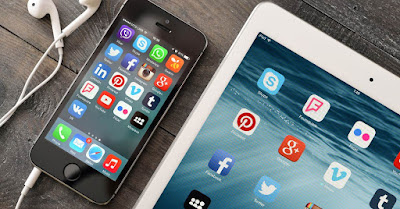|
Simplifying color scheme is key to happiness. And in the case of mobile application development, a solution. Clean and clear color theme enhances the user’s experience, but on the contrary, too many colors spoil the game and bring negativity in the overall design. Well, putting a restriction on color pallette does not mean that you design app in monochrome, but the idea is to use necessary colors which could accurately depict your design and create a hierarchy. Give a great start with monochromatic or analogous:
Monochromatic color schemes comprise of various tones, tints, and shades within specific hue. User can generate multiple colors scheme by modifying the saturation and brightness of single hue. These are not much strenuous to eyes. Also the concept of analogous scheme is prevalent which is using three colors that are next to each other on the color wheel or on the 12-spoke color wheel.
It is important to always make sure that your color scheme users enough contrast to be visible and legible to people with color blindness or limited vision. The science of colors is brilliant and is being used throughout the world by companies in advertising.
Attention to so-called whitespace is important as well. Whitespace is the areas in the design where designer do not place any content. It is called as ‘backbone’ of minimalist interfaces. If whitespaces are included wisely and generously then they have the power of giving even the clumsiest interface some respect. These whitespaces create spaces around elements in the design. This makes them stand out from other elements.
|





































